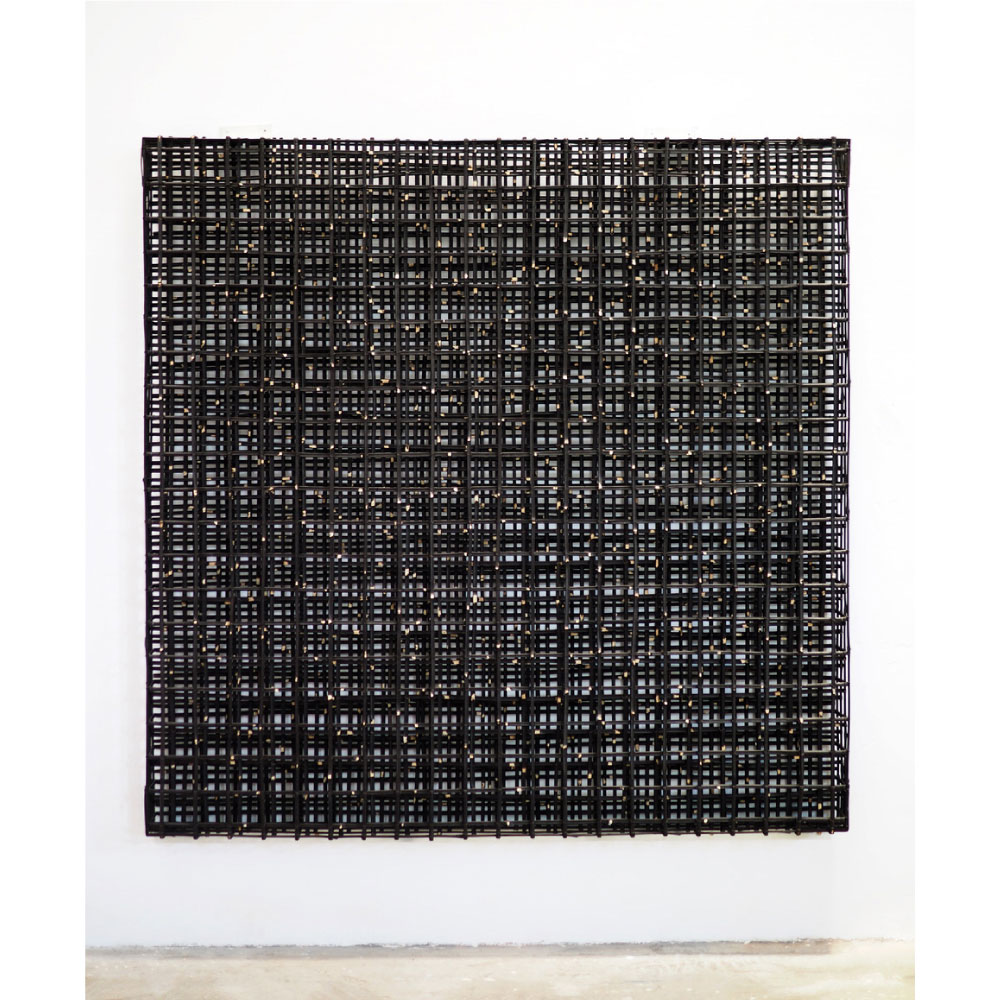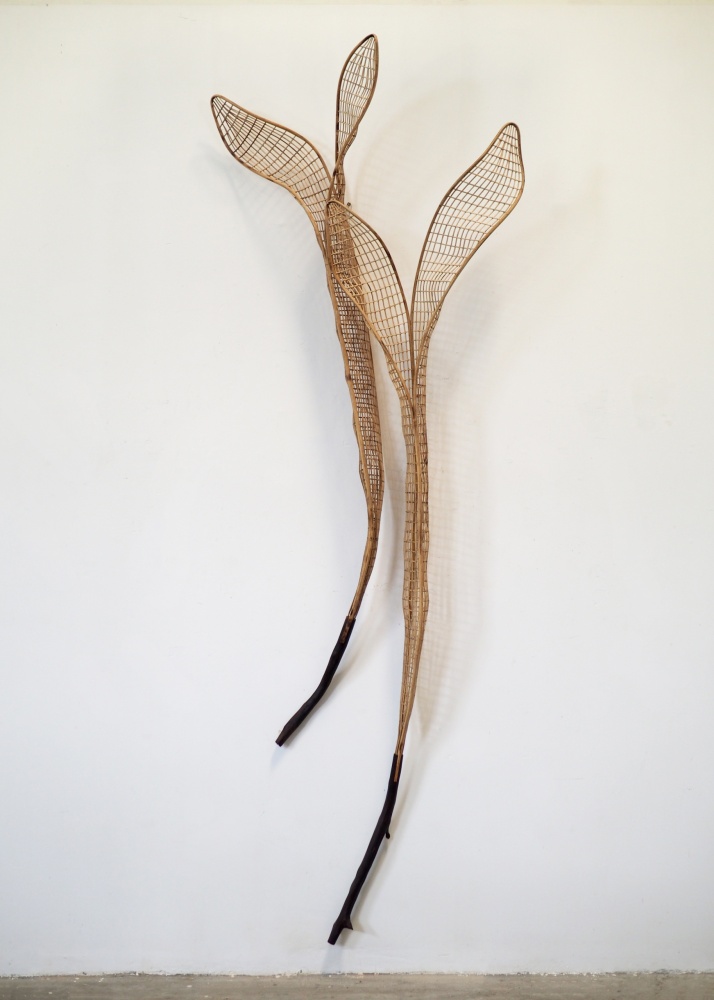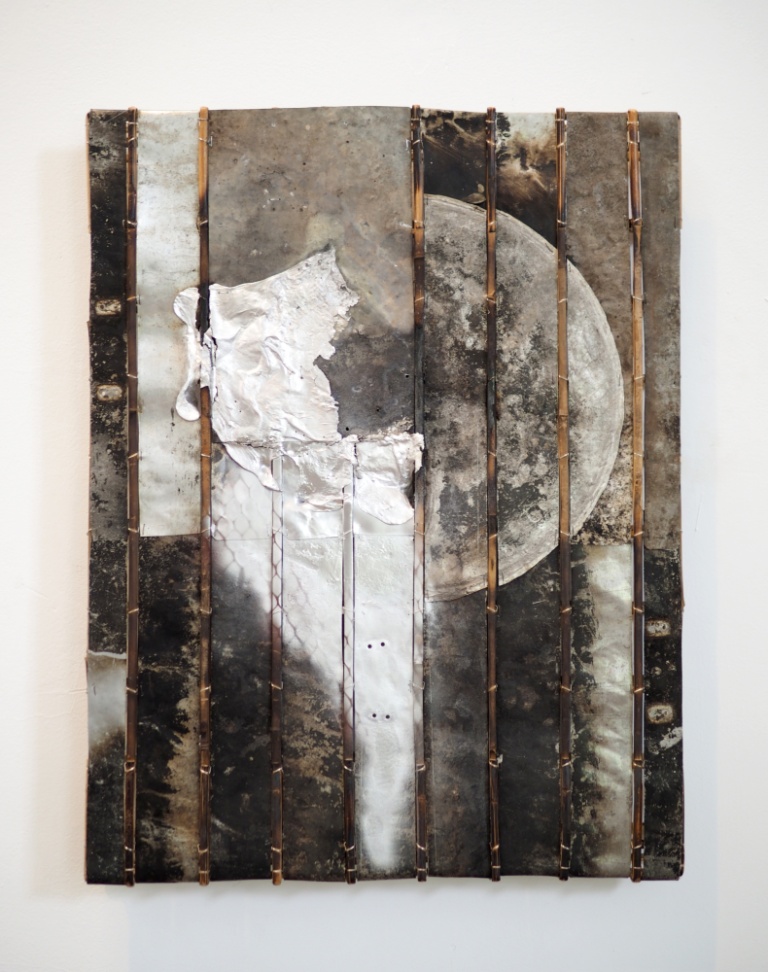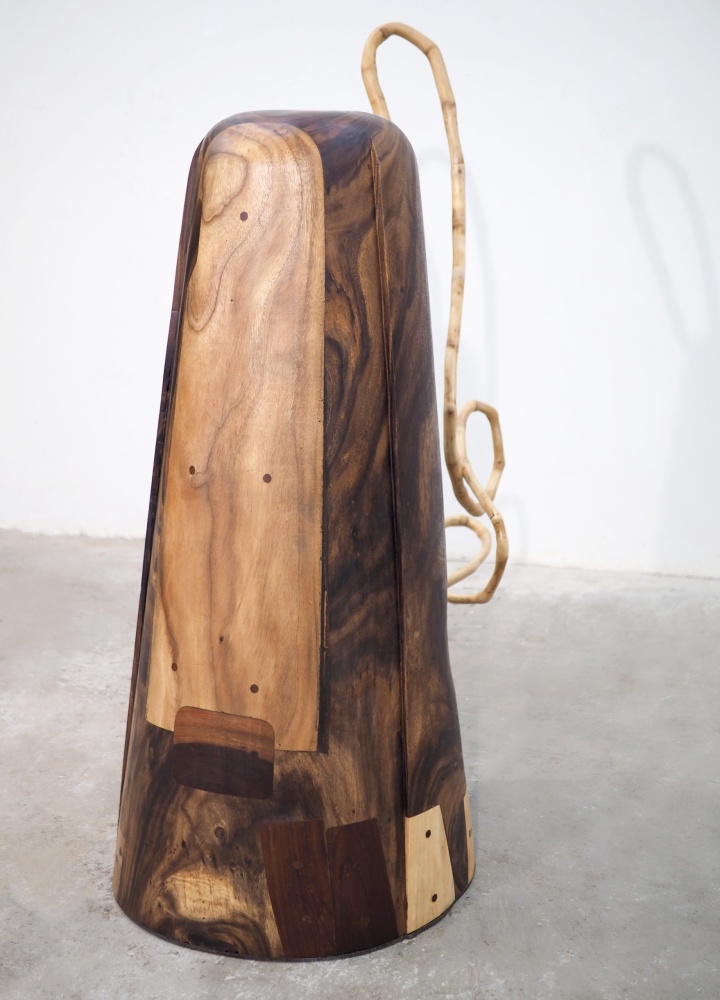ART CITIES: Tokyo-Sopheap Pich
 Sopheap Pich was born in Cambodia in 1971, and grew up under the Khmer Rouge regime. In 1979 his family stayed in refugee camps along the border of Thailand to escape from political instability. During that time Pich participated in an art school run by NGOs and became interested in painting. His family was able to migrate to the United States in 1984. In 1990 he entered the University of Massachusetts to study medicine, later transferring to the Department of Art, graduating in 1995. Subsequently he received an MFA in painting from the School of the Art Institute of Chicago in 1999.
Sopheap Pich was born in Cambodia in 1971, and grew up under the Khmer Rouge regime. In 1979 his family stayed in refugee camps along the border of Thailand to escape from political instability. During that time Pich participated in an art school run by NGOs and became interested in painting. His family was able to migrate to the United States in 1984. In 1990 he entered the University of Massachusetts to study medicine, later transferring to the Department of Art, graduating in 1995. Subsequently he received an MFA in painting from the School of the Art Institute of Chicago in 1999.
By Dimitris Lempesis
Photo: Tomio Koyama Gallery Archive
Sopheap Pich is recognized as one of the leading Cambodian artists active within the contemporary art scene. Throughout his career he has produced work that express a heartfelt respect and passion for Cambodian culture, as well as its history, nature, handcrafts, and materials through sophisticated contemporary structures. Sopheap Pich presents his solo exhibition “Every Turn A Refuge”. A highly important element in the production of Pich’s works is his engagement with locally rooted materials such as bamboo, rattan, beeswax, wood, stone, burlap, animal hide and earth pigments, as well as a meticulous process that entails developing new ideas and then repeatedly undertaking motions of splitting, tying with wires, and weaving. The materials used in his previous works were acquired mainly through local purchase, yet on this occasion, he for the first time uses bamboo growing in the garden of his studio and house to produce his relief works such as “Nocturne” and “Dissolving Stars”. Planted about eight or nine years ago and grown as a natural enclosure for his studio and house, the bamboo had increased in both quantity and maturity, making Pich feel inclined to use them for his sculptures. However, as the bamboo had nodes that were much thicker and closer together than those he had used previously, the tree was more challenging to split, with a long time needed to be spent in its preparation process. For this reason, it occurred to him to change his thinking about his sculptures, and imagine different ways of working. To take advantage of its specific qualities, rather than shaving away the nodes, he decided to “give them recognition, and a voice.” He worked with minimal materials, adding black ink to the bamboo to increase its symbolic value, and as for the nodes, he chipped away the black ink to reveal their inner color and texture. This simple gesture gave the work a sense of space and depth that might conjure the night sky. There is also an emotional resonance to these works that were unexpected, somewhat akin to music. The work “Ravine” uses household items made of tin or aluminum such as old pots, pans, kettles, rice cookers, and buckets bought from recycling shops around the city, that were hammered flat, cut or shaped into various forms, and at times even used to ‘cast’ other objects. Aluminum wares remain ubiquitous in Cambodia because they are inexpensive, and these vessels carry a lot of the artist’s memories from his childhood. “Bauhinia Purpurea” is Pich’s on-going homage to nature. Bauhinia Purpurea is a tropical tree known more for its flowers and leaves, both of which are used to add a sour element in cooking in Southeast and South Asia. Its leaves and bark are also often used for medicinal purposes. However, the seedpod, that has a graceful and twisting form, is often overlooked. Pich focused on these pods and used them as a motif, weaving rattan to create a large, exquisitely elegant work measuring about 3 meters high. The rain tree, used as material for the floor-standing work “Refuge,” is prevalent in the tropics and provides plenty of shade, and has a distinctive grain that is wavy and eye-catching. The main structural element of the work is made from its hollowed-out trunk, with other slabs of wood carefully jig-sawed in place, transforming the tree’s appearance into something different altogether. The bamboo stems that form the other element of the work were collected from Pich’s farm in the Kirirom Mountains in southern Cambodia, and grow in incredible twists and turns due to its struggle to find light in the dense thicket. The mysterious presence of both these elements appear to resonate harmoniously with one another. Such works represent the inspiration that nature gives Pich in its endlessly beautiful forms, while its unpredictability and adaptability reflect the ubiquity of nature. They inform us that even small things that have been overlooked for a long time can become instruments for further and greater explorations.
Photo: Sopheap Pich, Nocturne no.1, 2023 , bamboo, rattan, stainless steel, oil ink, h.202.0 x w.202.0 x d.18.0 cm, ©︎ Sopheap Pich, Courtesy the artist and Tomio Koyama Gallery
Info: Tomio Koyama Gallery, complex665 2F, 6-5-24, Roppongi, Minato-ku, Tokyo, Japan, Duration: 29/9-21/10/2023, Days & Hours: Tue-Sat 11:00-19:00, http://tomiokoyamagallery.com/



